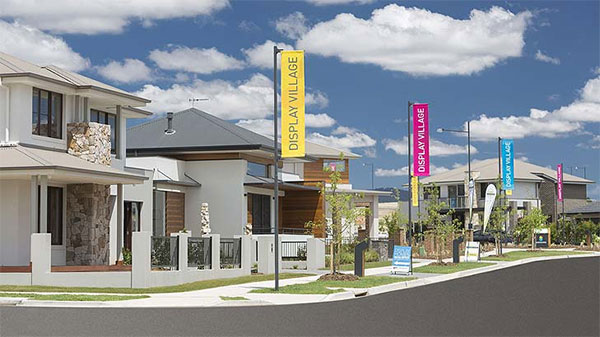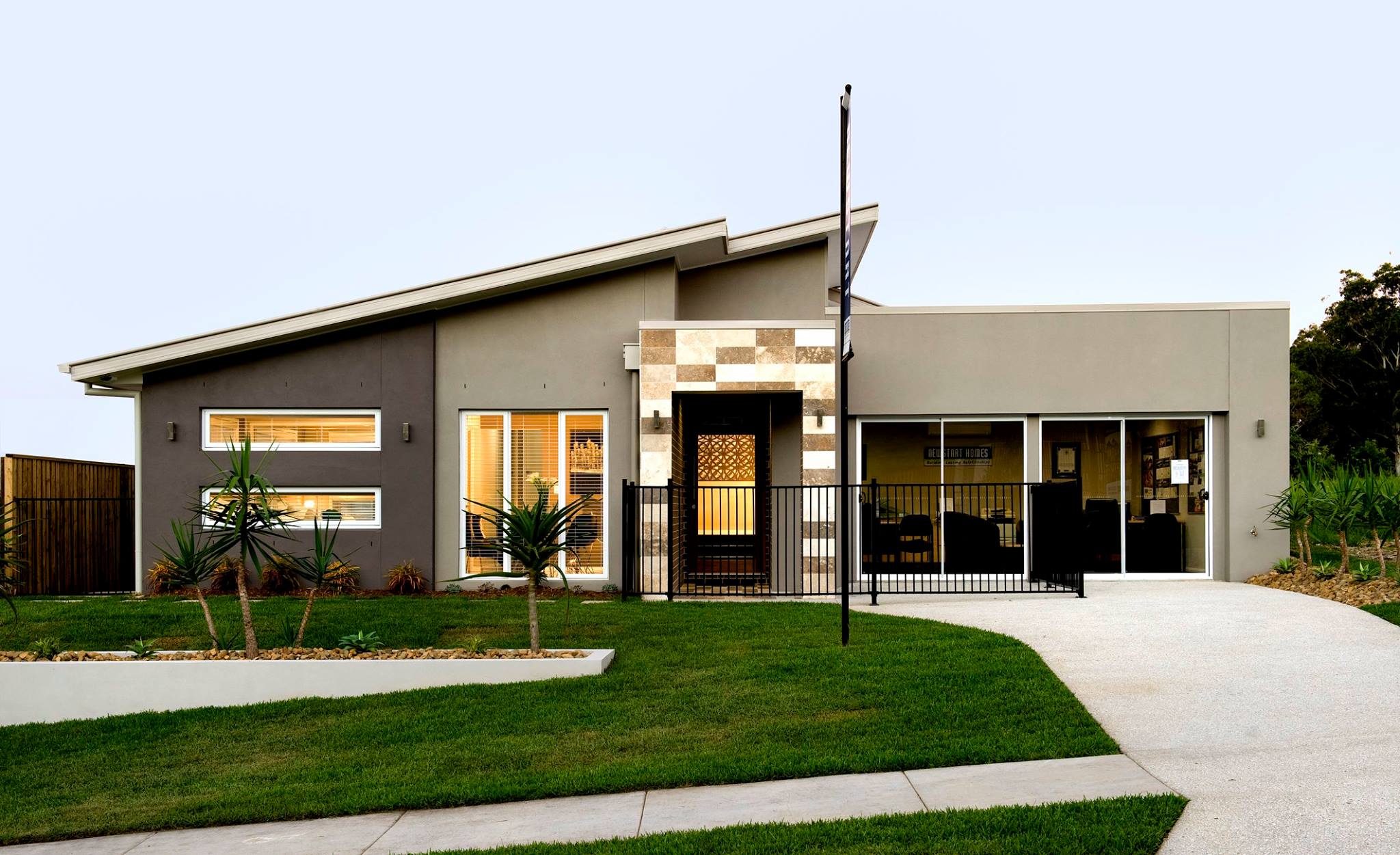If you are a builder confident in your ability to deliver a quality product that exceeds customer expectations – We have good news!
With very little effort You can easily provide better customer service and value; than most project builders.
Why? Consider these simple principles.
Calculating your sales targets
Price and value are the cornerstone of every transaction. All Builders are in business to make a profit. To make a profit they must make a calculation about the margins and sales volumes they need to first break even; and then generate a profit.
It is a simple calculation, but most small builders achieve this key performance indicator by default; because of the low volume of work they do.
Break Even (BE) is the point at which the margin on the total of sales equals the fixed costs (Overhead) of the business. The math is straightforward.
Break Even = Fixed Costs (Overhead)/ Gross Margin (%)
If a small builders’ margin is 18% (net margin on a mark-up of 22%) And your Overhead is $150,000 PA. Made up of a nominal wages of $100,000 and $50,000 of miscellaneous expenses.
Then your break even turnover is $150,000/18% = $833,333.
Most small builders have an ability to manage if they fail to meet this target turnover by simply reverting to becoming contract trades people to supplement their income. Failing to meet the break even target is a setback, rather than a catastrophe.
The Bigger They Are the Harder They Fall
A project home builder on the other hand is confronted with a challenge if they fail to meet break even targets. They have to ramp up marketing overhead to generate the turnover they need to become profitable and stay that way.
Let’s assume a project builder is generating between 20-30 sales P.A and makes the same margin – 18% (generated on a 22% mark up of cost of sales)
If their overhead is
Display Costs $ 40,000
Wages $ 800,000
Advertising $ 36,000
Rent $ 60,000
Phones $ 10,000
Vehicles $ 40,000
Office Exp $ 100,000
Website $ 12,000
System Dev $ 20,000
Total $1,118,000
Break Even = $1,118,000/18% = $6,111,000
It is more difficult to manage when you consider that one of the costs would be sales commissions – which averages 2.5% of the contract value. Margins are therefore only to 15.5%; which makes the break-even 1,118/15.5% = $7,212,870 – an 18% increase in annual sales.
The temptation to discount to ramp up sales would be enormous, making the situation worse. Reduced margins would make it necessary to increase sales even further, just to break even. A 1.5% reduction in margin will need a corresponding 10% increase in sales just to maintain the gross profits.
Larger Project Home builder are clearly vulnerable to an economic downturn and small fluctuations in their margins. They need to respond by reducing overhead – not an easy task if we consider that reducing the overhead could also involve writing off sunk staff training costs.
How to Get Going and Let Your Customer Reap the Benefits
Growing during the start-up phase is a challenge for builders. They have pay close attention to the numbers and measure performance. Coasting while you are small is also not advisable because you lose momentum. If you’re gliding along, you are probably going downhill. But the situation for a small builder can improve dramatically during an economic downturn.
Why is it good news for you?
It is clear that the most critical thing to keep an eye out for is overhead. Overhead is notoriously difficult to control because it requires a large investment in the form of staff training and systems costs. It embodies the intellectual DNA of the business, and with time it builds and becomes the intellectual infrastructure of the business. Sacrificing this capability is a very difficult decision to make, and is usually delayed until market trends become entrenched. By then, a good chunk of the capital reserves of the business can be lost.
If you can safely find a way to control and minimise your overhead, you can generate work that would provide the basis of a solid business foundation while you slowly generate your systems and infrastructure that represents your brand and capabilities.
Systems are the Essence of a Business
As technology improves our ability to leverage our efforts multiply. It allows us to easily perform routine tasks, which in turn reduces labour costs. Many apps and systems have hit the market in recent years to help a small builder do exactly that. The effect has been revolutionary, and many businesses have benefited from this phenomenon.
Issues with these technology changes still bedevils the market. The cost of implementing systems is still high. Indications are that almost 70% of software purchased are never used, or not implemented beyond a fraction of their capability. In addition, most of these systems are very general in nature, and need to be deployed as a collection of various software applications which are then difficult to manage because information input is duplicated. The learning curve, and manpower requirements are just too great. Many builders have concluded that the effort required is not worth the benefit. This is a mistake. The issue is not the software, but what you hope to do with it.
Avoid Increasing Overhead, Pool Resources
The Building Buddy Platform tackles all these issues. It is designed as a service, vertically integrated to deliver building projects from concept through to completion.
It eliminates the need for builders to generate costly infrastructure too early along with the attended overhead. This benefits customers too, because it ensures low cost professional service delivery. Admin costs are amortised over numerous projects and it allows the builder to operate lean and mean without service delivery suffering.
replica rolex watches
Also, because the builder is affiliated with a cohesive group of builders, they can leverage the combined volume buying power.
Not only can they offer better value for money, they can focus focus on construction, and as trade based builders are able to deliver a superior product in every way.
Who would not want that?




